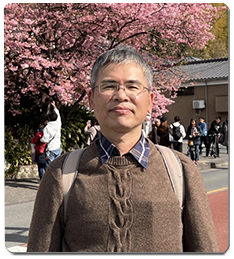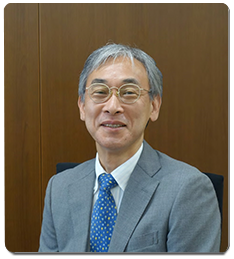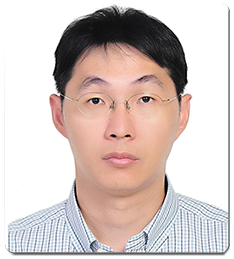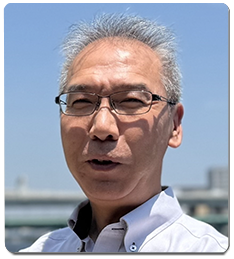Taiwan-Japan Dialogue — Strategies for Water Resources Development and Adaptation in Response to Climate Change (701F)
October 29 (Wednesday), 9:00 AM - 12:00 PM
Moderators

Deputy Chief Engineer, Water Resources Agency, MOEA
Wen-Hsiang Chou
Deputy Chief Engineer Wen-Hsiang Chou holds a Ph.D. in Engineering Technology from the College of Engineering, National Taipei University of Technology, and a Master’s degree in Civil Engineering from National Central University.He is also a certified Professional Environmental Engineer and has passed the national Senior Examination for Environmental Engineering.
Deputy Chief Engineer Chou has served in multiple key positions at the Water Resources Agency, including Director of the Taipei Water Source Special Area Management Bureau, Deputy Director, Secretary, and Section Chief of various departments.
He possesses extensive experience in wastewater treatment, environmental protection, and water resource management, having led major initiatives in pollution prevention and sustainable watershed governance for the Taipei Water Source Special Area. His professional background combines engineering expertise, environmental policy planning, and administrative leadership, contributing significantly to Taiwan’s integrated water resources and environmental management efforts.

Distinguished Professor, National Yang Ming Chiao Tung University
Chih-Ping Lin
Dr. Chih-Ping Lin is currently a Distinguished Professor of Civil Engineering, Dean of the Engineering College, and Director of the Disaster Prevention and Water Environment Research Center at National Yang Ming Chiao Tung University (NYCU), Taiwan. His primary research interests are engineering monitoring based on electromagnetic waveguide and developments and applications of near-surface geophysics for solving geotechnical, geo-environmental, and water resources-related problems, such as quality inspection of ground improvement, landslide monitoring, subsurface imaging of soil moisture, investigation of soil and groundwater contamination, non-destructive evaluation and monitoring of dam safety, and suspended sediment monitoring in rivers and reservoirs.


